
As China and India continue their fairly rapid paces of economic growth, a greater and greater share of extreme poverty is going to be concentrated in sub-Saharan Africa. But if we're going to make progress there, we need to have good numbers about how various economies are faring, how income is distributed within them, and so forth.
The trouble, Simon Fraser University economist Morten Jerven argues, is that those numbers are often incomplete at best and downright false at worst. It's a problem that came into sharp relief recently when Nigeria "rebased" its GDP numbers, doubling its GDP in the process.
Jerven and I spoke on the phone about his book on the topic, Poor Numbers, the extent of the problem, and how to fix it. If you're interested in learning more, the Center for Global Development's Amanda Glassman and Alex Ezeh have a great new report on improving data quality. Columbia's Chris Blattman had a smart post on why it might make sense for African governments to prioritize things other than improved data collection, and Slate's Josh Keating had a helpful round-up of the debate here.
Dylan Matthews: What are the basic problems with numbers in the countries you study?
Morten Jerven: We often take GDP as a given, objective fact, much as we think about, if you're listening to the weather report, the meteorologist can measure air pressure, temperature, and the speed of the wind, and use these physical observations. And we tend to move along thinking of inflation, unemployment, and economic growth as objective metrics. But they aren't.
To arrive at GDP per capita, for example, you have to add up all the goods and services used in one country in any given year and then compare it with last year's and control for price changes and so forth. That's complicated enough in a country like the US, but you still have some helpful things. The US government collects taxes, so that means you know income for persons. It also collects corporate taxes, so you know the income of corporations. It collects labor statistics, so it has a lot of information and it's the task of the statistical bureau to aggregate it.
In the countries I study, the ones in sub-saharan Africa, getting that kind of information is much more expensive and much more cumbersome because a lot of economic activity goes by unrecorded. Yet we still need this data to rank countries. We'd still like to analyze whether Ghana is richer than Nigeria or whether Tanzania has done better over the past decade than Kenya has. We can use that to make policy recommendations, that the World Bank should fund this project rather than that one, or that Burkina Faso should get support for poverty reduction whereas Uganda no longer has such a problem, for example.
The major takeaway I have in my book is that the numbers that we use to make these decisions are poor. That's why I call the book Poor Numbers. We know much less about income and growth in African countries and in poor countries generally than we would like to think.
DM: What sorts of things are causing the numbers to be so poor? Is it mostly an issue of corruption, that you can't trust the government agencies putting them out, or is it an infrastructure problem, that they're difficult to collect?
MJ: You can think of the problems of official statistics as being partly a simple knowledge problem, a lack of recording, and partly a problem of politicization and political tampering and so forth. And we know that the political tampering problem is not particular to poor countries. The scandal in Greece showed that debt data was understated as a share of GDP, there has been lots of disagreement over inflation statistics coming out of Argentina. So the political problem applies universally. What I stress is my book is there's a particular knowledge problem relating to poor countries which is more fundamental than we tend to think.
It's a combination of two factors. One is that the economic transactions are small and go on in areas that aren't that accurately supervised, where a lot of individuals aren't taxed and a lot of the property is not registered, and a lot of the businesses aren't registered, and you don't have formal contracts. There's simply a lack of recording. The second is that a country like Tanzania for instance, the state institutions are less resourced and less equipped to undertake surveys to get that kind of information. If you want information about food production in rural areas or expenditure patterns for poor people in big cities, you have to go to peoples' houses and ask what they earn and what they spend money on. So you need to do a survey or census, and to do so is expensive. African countries have had scarce resources over the past two decades, and so statistical systems have become relatively underfunded.
One of the headline things that shows this very clearly, about lacking resources to update statistical systems, occurred recently in Nigeria. In April, on a Sunday, the director of statistics in Nigeria announced new GDP numbers for Nigeria, and it was quite surprising because it turned out that the new numbers showed that GDP had doubled compared to the old numbers in use just the day before. What happened is that, in Nigeria, they have not updated what is called the benchmark for GDP estimations since 1990. Almost a quarter of a century had passed since Nigeria changed the sources and methods of how they estimate the size of the economy. This change alone meant that Nigeria suddenly became bigger than the South African economy, and the total GDP of Africa increased by 15 to 20 percent. The previously unrecorded economic activity in Nigeria was 58 times size of the Malawian economy. The scale of uncertainty regarding short and medium trends in economic growth is quite big in magnitude.
We know much less about income and growth in African countries and in poor countries generally than we would like to think
DM: How much do you think collecting this kind of data should be a job for individual countries as opposed to the World Bank or IMF or other development institutions, which might be more trustworthy in some peoples' eyes?
MJ: That's a common misunderstanding, that somehow IMF or World Bank data is better than national data, and it's striking that even scholars go around thinking, "I won't use government data from Ethiopia or Sudan, that data must be manipulated, or it's not based on good sources. I'd rather use IMF/World Bank data instead." The fact is that the IMF and Would Bank don't have resources to produce their own data. They collect, through formal and informal channels, official data, which they harmonize and then disseminate. The World Bank and IMF are simply data retailers.
So there's an important question, which I don't think has been dealt with adequately, of what the responsibility of the international community is in disseminating this data. Do they have the right to adjust country data? Should they warn data users more clearly about the inherent deficiencies of this data? It can make a quite big difference. The comparison between Nigeria and Sudan might be quite misleading. That goes back to what I was saying, this illusion about these being objective facts. if you get them in one Excel sheet, they seem to be equivalent facts, but in reality they are observations which vary quite radically in terms of precision.
the IMF and Would Bank don't have resources to produce their own data. They are simply data retailers
DM: How seriously should we take trends that emerge from this data about the overall performance of poor countries? I think the consensus is that we're making steady progress against extreme poverty in sub-Saharan Africa. How sure are we about that?
MJ: We lend too much credence to these aggregated trends. We don't really have a good estimate of how large our knowledge bubble is. One of the problems we have is there are big blind spots. When you get aggregated data on economic growth, it's driven by changes in the very big countries, it's driven by economic change in urban centers, in exports, in foreign direct investment. Our knowledge problem is doubly biased: we know less about poor economies, and we know less about the poor people in those poor economies.
There's a lot of invisible items in official statistics. We know less about food, we know less about rural populations. We know much more about the kind of goods that are traded between capital cities in the South and capital cities in the North, but we know very little about the extent of trade that goes between Uganda and Sudan, across their borders. There are some things we observe and some things we don't.
Because everyone wants an Africa-wide number, that means that this problem is accentuated. For 2010-2013, a lot of small countries haven't even prepared their estimates yet. and so you use the data from reporting countries and extrapolate to cover the rest. We talk about trends in poverty and inequality based on surveys, but in countries like the Democratic Republic of Congo, which is a very big country, there is no poverty survey, there is no survey of health or income. Sudan is lacking. Angola, we don't have data on. And we tend to use data from Ghana, Senegal, and Tanzania and extrapolate those trends to be valid across the continent. That's worrying, in the sense that we might be mislead by these development statistics if we lend too much credibility to them.
DM: What would advice to policymakers in these countries be? Should they invest in better statistical systems? Should they use a larger number of indicators to get a fuller picture?
MJ: First off, it's not always true that policymakers benefit from better data. Sometimes having a big fluffy unknown size of the economy can be useful to them; ignorance can be bliss. If you update certain statistics, poverty might actually be more widespread than it used to be. With better statistics, you sometimes get more bad news. We have to think about the political economy of statistics. It is in the interest of people who are choosing what government to elect to know if the government has been successful in reducing poverty and creating employment and so forth. Clearly central banks would be interested in having data on the real sectors of the economy when deciding whether to lower or increase the interest rate.
What is important is that politicians and international organizations give independence to statistical institutions to freely collect and disseminate what they believe are justifiable facts based on statistical techniques of sampling and surveying. But understandably, that's not always what happens. We're in such a hurry, in the international donor and development community, to get facts that we don't invest in credibly produced facts. A big trend is to have "evidence-based" policies, or "paying for results" where you'd say, "We'll only fund primary school education if it can show improvements." But people forget to set up a system to actually measure that. So often what we get is policy-driven evidence rather than evidence-driven policy.
We're in such a hurry, in the international donor and development community, to get facts that we don't invest in credibly produced facts
DM: What should international organizations be doing to fix this? Should they be more straightforward about the numbers they put out there? Should they be actively trying to coordinate to make sure everyone's using similar numbers? What do you think their proper role in this is?
MJ: i think it might be unhealthy to keep publishing projections as if they were data. It might be unwise to just fill out gaps in data sets with extrapolations, because it creates this air of accuracy when there are in fact lots of holes in our information. If this is forthrightly stated, it will be easier for scholars, journalist, and politicians to navigate and to see the holes in the information, as opposed to giving this "we know everything about everything" impression.



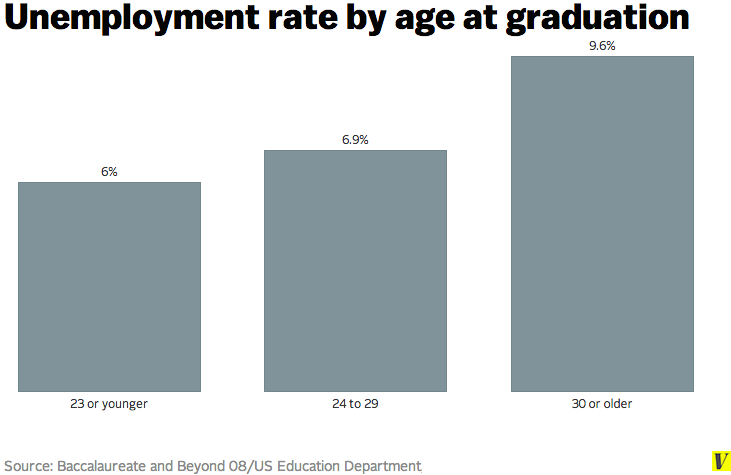



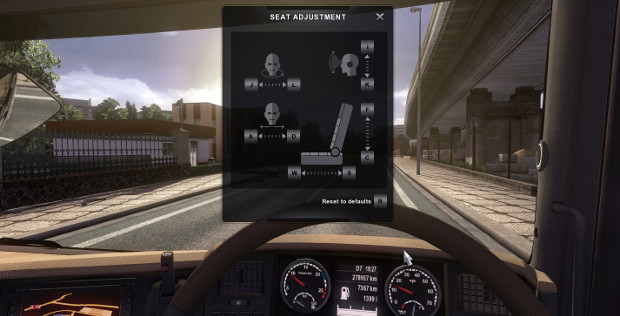




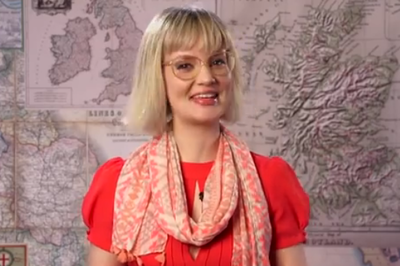
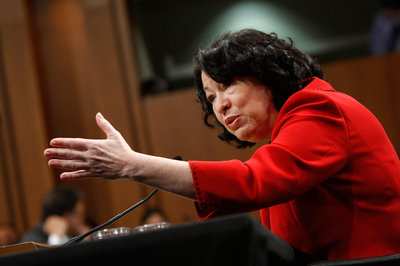







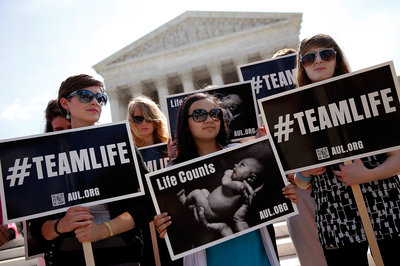

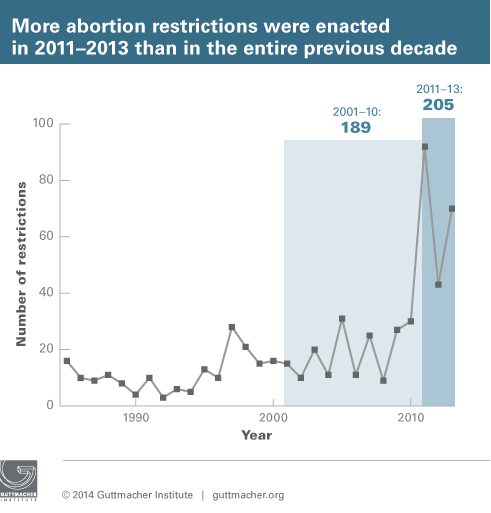


 Icebox pie is one of those make-ahead treats that you can look forward to all day, knowing that a cold slice is waiting for you when you get home.
Icebox pie is one of those make-ahead treats that you can look forward to all day, knowing that a cold slice is waiting for you when you get home. 
 But Montoya says you need more than great ice cream to succeed in this business. You also need funky names like the vampire or vampiro featuring mango ice cream and a blood red sauce or the bionico a bionic blend of cream, fruit, nuts and raisins.
But Montoya says you need more than great ice cream to succeed in this business. You also need funky names like the vampire or vampiro featuring mango ice cream and a blood red sauce or the bionico a bionic blend of cream, fruit, nuts and raisins. This delicious blueberry jam made from in-season summer blueberries, sugar, and lemon juice couldn't be more simple to make. The key is to select the best berries: Namely, a mixture that includes mostly just-ripe berries with a few under-ripe berries as well.
This delicious blueberry jam made from in-season summer blueberries, sugar, and lemon juice couldn't be more simple to make. The key is to select the best berries: Namely, a mixture that includes mostly just-ripe berries with a few under-ripe berries as well.

 This vindaloo is made with pork meatballs, an array of peppers, juicy tomatoes, and a finishing sprinkle of cilantro. Serve it with pearl couscous, which stands up nicely to the bold sauce.
This vindaloo is made with pork meatballs, an array of peppers, juicy tomatoes, and a finishing sprinkle of cilantro. Serve it with pearl couscous, which stands up nicely to the bold sauce.
 Seth MacFarlane and astrophysicist Neil deGrasse Tyson's reboot of Carl Sagan's '80s documentary series Cosmos: A Personal Journey, is finally coming to your TV. The 13-part series, which is produced by MacFarlane and hosted by deGrasse Tyson, was originally
Seth MacFarlane and astrophysicist Neil deGrasse Tyson's reboot of Carl Sagan's '80s documentary series Cosmos: A Personal Journey, is finally coming to your TV. The 13-part series, which is produced by MacFarlane and hosted by deGrasse Tyson, was originally 
 Of course, Emanuel could change his mind in a heartbeat, but all the fundraising he’s currently undertaking is with a 2015 mayoral bid in mind. [
Of course, Emanuel could change his mind in a heartbeat, but all the fundraising he’s currently undertaking is with a 2015 mayoral bid in mind. [ 


